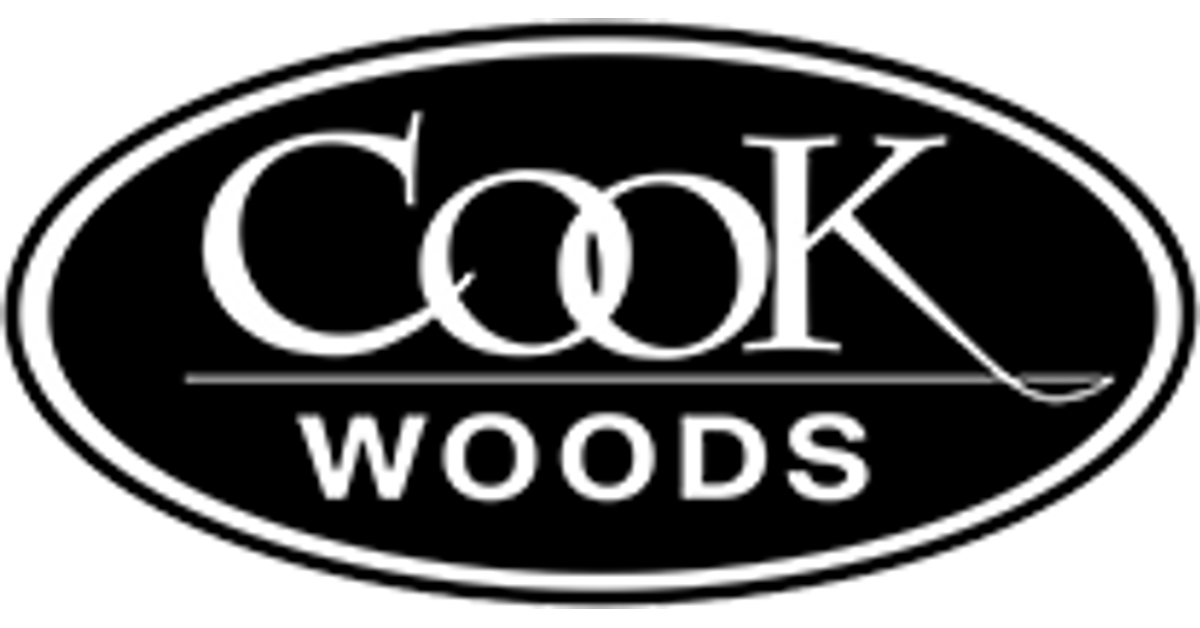Nope, Gabriel.....I haven't turned a B&W ebony bowl since this thread. I've seen a few, and bid on a few.....but haven't had one since then. B&W Ebony seems to be a pretty rare commodity, and most everyone appears to have trouble with it.
This thread is my "bible" for when I do have another opportunity to turn another.
I figure the key to halting the cracks is to identify them early on, and seal them with epoxy.....so that moisture can no longer escape from an established crack. In the days following roughing out, it's imperative to find cracks as soon as you can after they first appear.....and I now know that the usual anchorseal coating will not stop cracks from occurring.....it must completely seal, and not just slow down moisture release. My plan will be to inspect the roughed bowl every day for at least a month after roughing it out.....maybe several times a day for the first few days.
(It's possible other things besides epoxy could seal a crack, but I do know that epoxy does work.....so that is the game plan.)
It would be interesting to see how this one, the subject of this thread, has faired with time. It's now in the collection of robo hippy. Maybe he can tell us how well it's handling some time afterwards. (Robo......I use those Robo-Rests quite often, and am glad to have struck up a bargain with you on that exchange!)
Good luck on this one, Gabriel.....and, keep us posted with your progress.....(with photos, if that's possible.) This old thread will be a good place to accumulate information for forum members who are interested in turning some B&W Ebony.
-o-
@Gabriel Hoff
@Michael Anderson
@robo hippy

